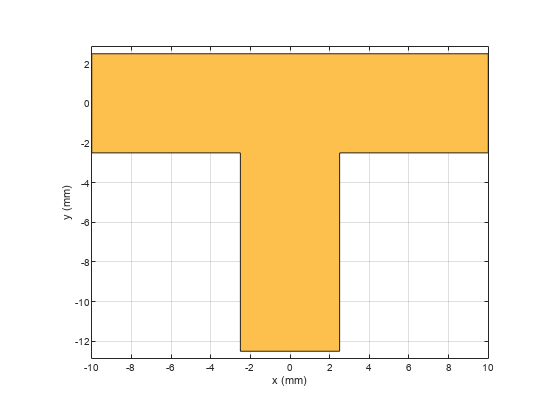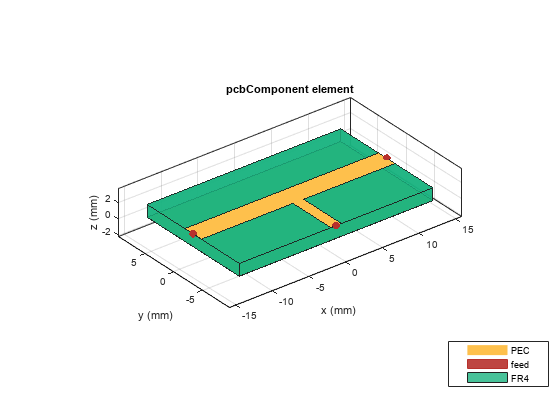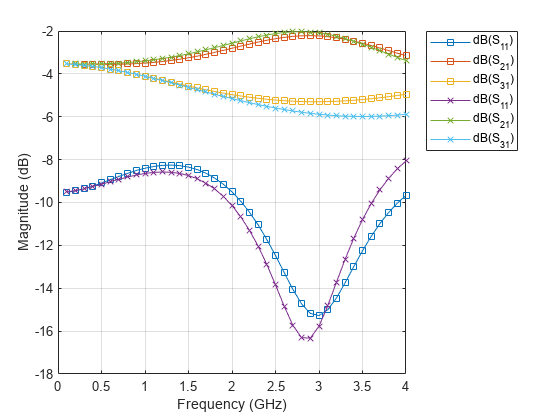traceTee
Description
Use the traceTee object to create a tee trace on the X-Y
plane.
Note
This shape object supports behavioral modeling. For more information, see Behavioral Models.
Creation
Description
trace = traceTee creates a tee trace with default properties on
the X-Y plane.
trace = traceTee( sets Properties using one or more
name-value arguments. For example, Name=Value)traceTee(ReferencePoint=[1 1])
creates a tee trace with the reference point [1 1]. Properties not
specified retain their default values.
Properties
Object Functions
add | Boolean unite operation on two RF PCB shapes |
subtract | Boolean subtraction operation on two RF PCB shapes |
intersect | Boolean intersection operation on two RF PCB shapes |
plus | Shape1 + Shape2 for RF PCB shapes |
minus | Shape1 - Shape2 for RF PCB shapes |
mirrorX | Mirror shape along X-axis |
mirrorY | Mirror shape along Y-axis |
and | Shape1 & Shape2 for RF PCB shapes |
area | Calculate area of RF PCB shape in square meters |
rotate | Rotate RF PCB shape about defined axis |
rotateX | Rotate RF PCB shape about x-axis |
rotateY | Rotate RF PCB shape about y-axis and angle |
rotateZ | Rotate RF PCB shape about z-axis |
translate | Move RF PCB shape to new location |
scale | Change size of RF PCB shape by fixed amount |
Examples
Version History
Introduced in R2021b
See Also
traceLine | traceCross | traceRectangular | tracePoint | traceSpiral


